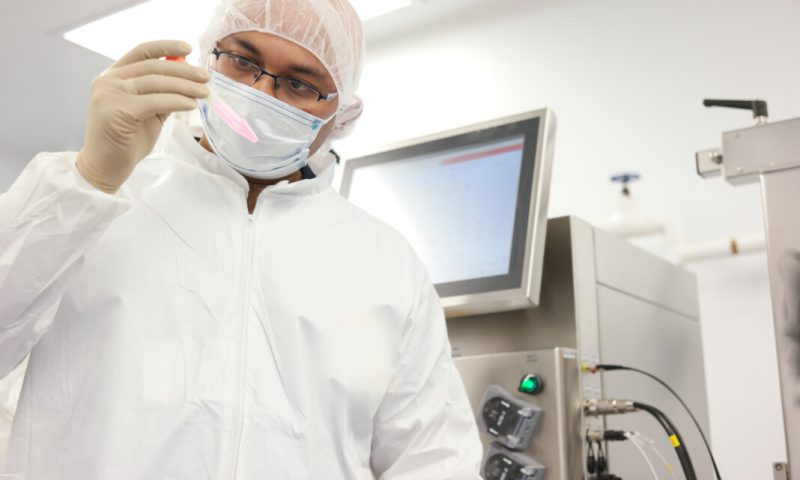In industrial fermentations, high densities of cells often deplete the oxygen. Instead of letting that phenomenon derail the process, scientists might be able to make the most of it. That’s what Nikolas Zeh—a doctoral student in the lab of Kerstin Otte, PhD, of the Institute of Applied Biotechnology at the University of Applied Sciences Biberach in Germany—and his colleagues set out to do.
They started by engineering a line of Chinese hamster ovary (CHO) cells that basically turn up their production processes when they face hypoxic conditions. From that, the scientists revealed the “possibility to exploit the hypoxia signaling pathway in CHO cells and thus improve productivity by almost three-fold under oxygen-deficient conditions,” Zeh explains.
To make these happy-in-hypoxia CHO cells, Zeh’s team added repetitive sequences of hypoxia-response elements that were each 35 base pairs long. Zeh notes that the best results came from using the enhancer known as 5HRE, which is induced in hypoxic conditions. “Since this short element can be introduced easily in front of the recombinant expression driving promoter, adaptability by commercial bioprocessors should be highly probable,” Zeh says. “Especially, as the elements introduce no additional expression burden and do not require further host-cell modifications, it should be easy to implement the elements to the expression vector.”
But where could a bioprocessor get the highest return from using these enhancers? Zeh says that this work should have “the biggest impact on continuous bioprocessing, as an increasing number of bioprocesses are conducted as perfusion or intensified fermentations.” He adds, “As oxygen limitation represents a major issue during these processes, our elements tackle the problem in an easy-to-apply fashion and redistribute the available energy of the cell in a favorable manner for enhanced recombinant protein expression.”

